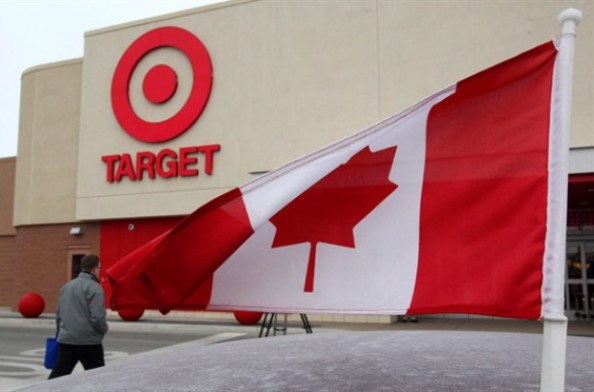The Devil was in the Details at Target Canada by Kelly Barner
Posted on January 28, 2015
On January 15th, Target announced that they would be closing all 133 of their locations and distribution facilities in Canada. The failure was attributed in large part to problems stemming from their supply chain operation.
A BloombergBusinessWeek article on the retailer’s decision stated, “The company has admitted it botched management of its supply chain in Canada, which led to often empty shelves.”
That might be a good enough explanation for a general audience, but supply chain professionals know better. The devil – or in this case, the preventative value – is in the details. Characterizing the failure of the supply chain as ‘botched’ is a gross oversimplification akin to managing time by checking the day of the week. When you look below the surface, the problem was complex, compounded, and multi faceted. And while they all roll up to the supply chain leadership at the end of the day, each problem needed to be solved differently.
Problem #1: Pack quantity breakdowns
Discrepancies in pack quantity, meaning how many of each item could be ordered at a time, resulted in wild overstocking of some items and disconnects between DCs and stores in other cases. “As goods arrived at the warehouses, workers found errors, 12 shirts per box when the computer system expected 24, for example,” said two former third party supply chain employees quoted in a May 2014 Reuters article. Each time a problem was uncovered, an audit was required, and that caused costly delays in goods getting from one of Target’s three Canadian warehouses to its stores. So while the warehouses were often overflowing, the actual store shelves were often empty, including the critical holiday shopping season.
Problem #2: Regional purchasing discrepancies
There was also a confusing disconnect between what was to be carried in US stores versus their Canadian counterparts. This resulted in corporate buyers making large purchases of items and sending them to Canadian stores – items that they were not expecting and did not want. Another dimension of this story – the role of procurement technology – clearly also played a part. In a better managed supply program, the system in use would have made clear which markets each item, supplier, or category of product was appropriate for placement in.
Problem #3: Outsourcing costs
Target outsourced the staffing and operation of their three Canadian warehouses to Eleven Points Logistics. Efficiencies notwithstanding, outsourcing still costs money, especially when the operation is not running smoothly as a result of the third party’s involvement. Adding the expense of a 3PL to the already higher cost of running a retail business in Canada prevented Target from matching the pricing strategy that contributed so much to their success in the United States. Although the contributing factors to the higher costs may not have been apparent to consumers, the prices themselves were. As one shopper remarked in an interview quoted in Supply & Demand Chain Executive magazine, “They think we’re idiots or something” a sentiment that is always bad for business, regardless of who is to blame.
Supply chain problems were not the sole cause of Target’s inability to operate successfully in Canada. In addition to stock outs and inventory misalignments, their pricing strategies and product mixes didn’t align with the expectations of Canadian consumers well enough for them to compete with established retailers such as Wal-Mart.
In a way, Target’s famure in Canada is much like the case against Paul Devine, the rogue Apple employee found guilty of selling confidential product and R&D information to the company’s suppliers. In that case, the importance of an ethical procurement function was clearly demonstrated by its absence. In this case, we see how a poorly managed supply chain can seal the fate of a large, successful retail operation.

No comments:
Post a Comment